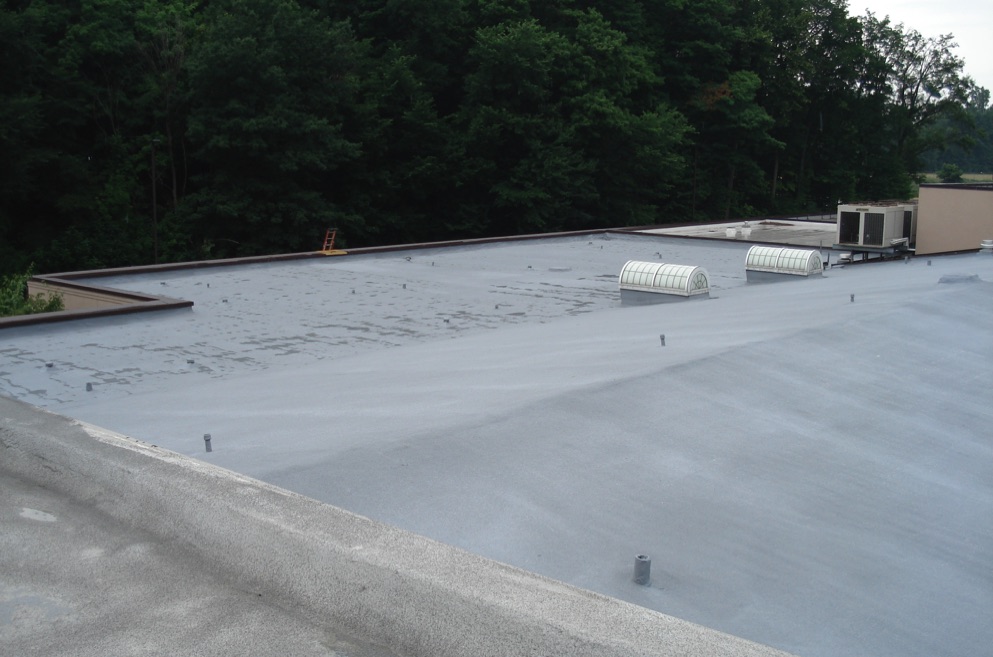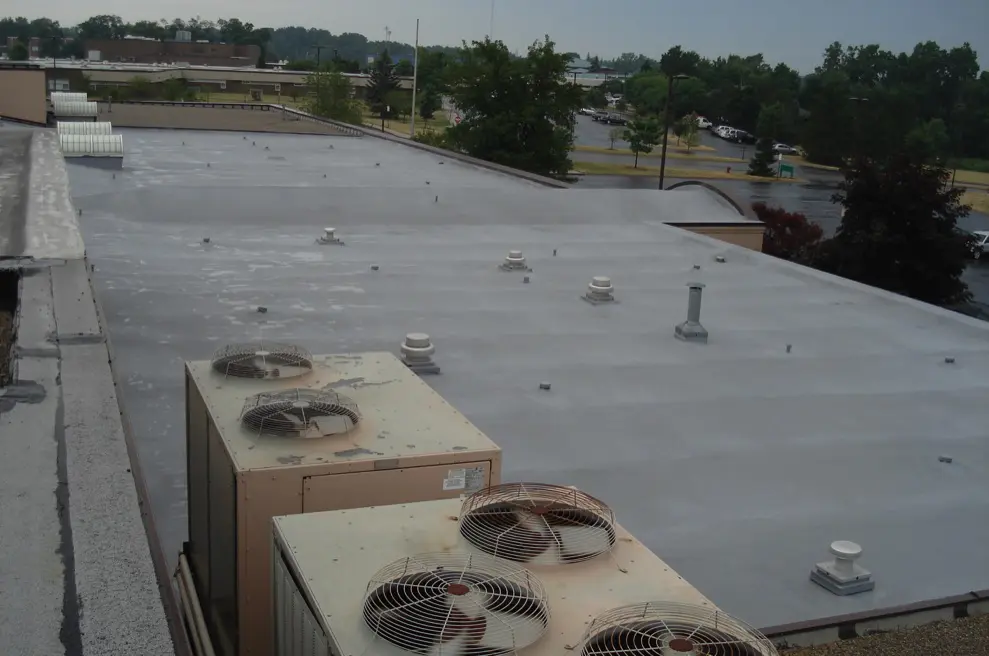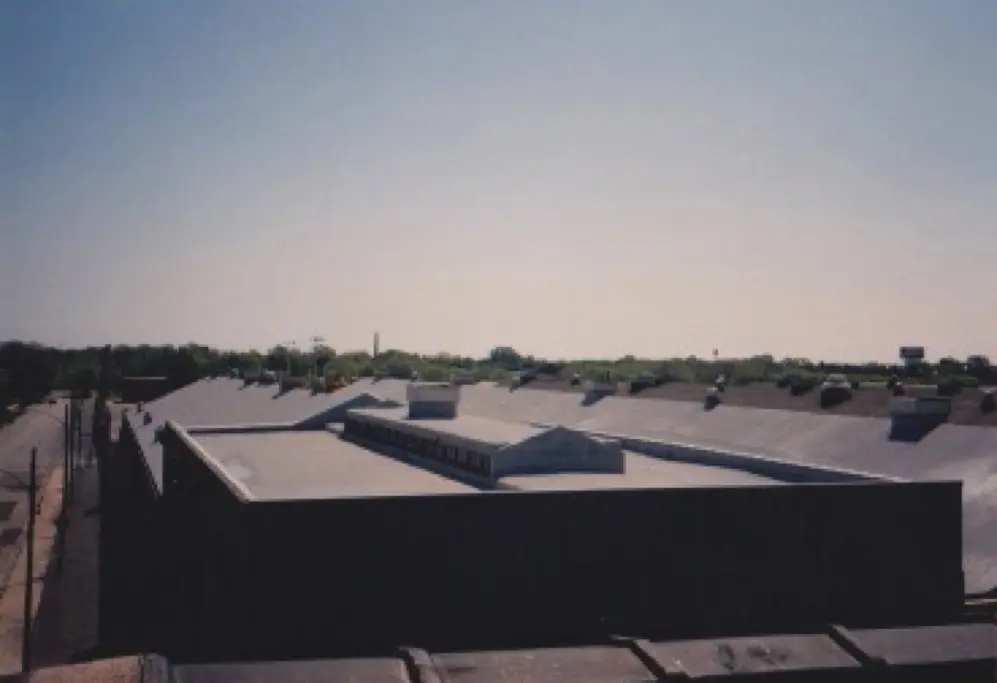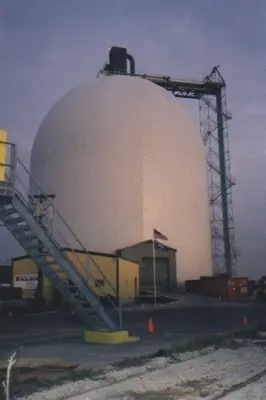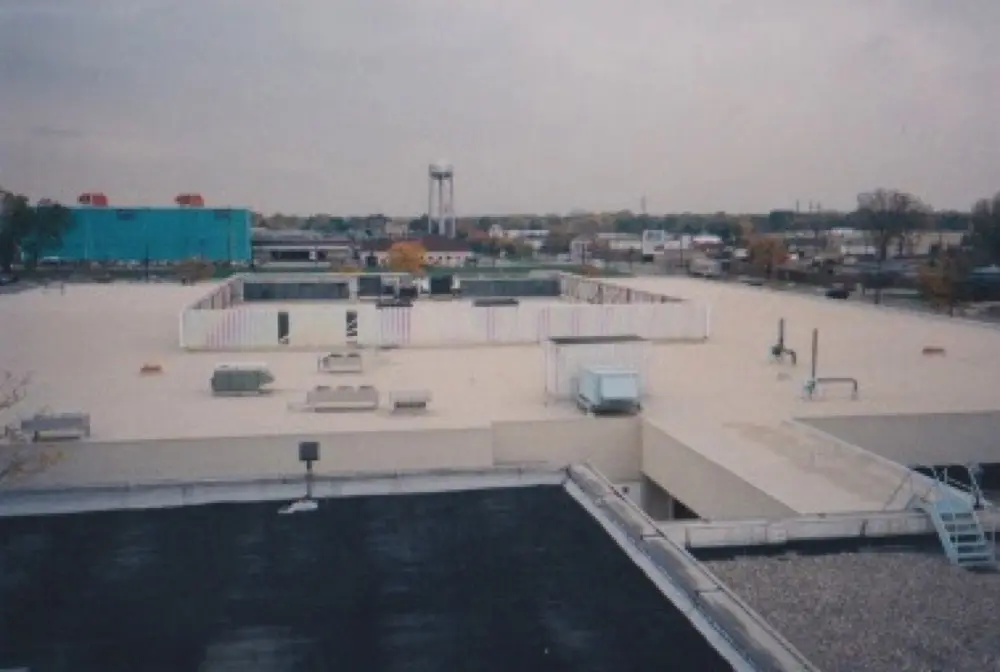Explore About Re Coated And Renewed Roofing System

Texas A & M
The main campus at Texas A&M boasts over 7 million square feet of spray-applied polyurethane foam (SPF) roofing – almost no other system has been installed for the past 30 years. Why? Proven sustainability and energy efficiency.
In 1974, dissatisfied with the performance of their traditional tar and gravel built-up roofing (BUR) systems, the Physical Plant Department at Texas A&M began looking for alternatives. The BURs were constantly leaking after an average of five years of service, and isolating the sources of the leaks was next to impossible. The university selected SPF because it is seamless, monolithic, and fully adhered. And because it is lightweight, a complete tear-off of the existing BUR could be avoided.
“We sprayed over the failing BUR for a number of years, mainly due to budgetary constraints,” says Sam Cohen, construction Project Manager, engineering Design Services at Texas A&M. “that’s one of the advantages to SPF. And environmentally, it means all that material doesn’t end up in the landfill.”
A lifecycle cost analysis study performed by Michelsen Technologies LLC in accordance with ASTM E 917-02 Standard Practice for Measuring lifecycle costs of Building and Building Systems shows SPF offers a cost advantage of 13-56 percent over membrane roofing systems.
In 1985, Gerald Scott, P.e., then in charge of roofing and energy conservation within the Physical Plant Department, announced another benefit the university had been receiving from the SPF roofs: energy savings. Scott monitored energy savings on 27 different buildings on the campus that had received an SPF roof from 1980 to 1984. The results showed the university was able to cover the complete cost of the roof application through energy savings in an average of 4.5 years.
The oldest over BUR SPF roofs on the campus are now approximately 30 years old. According to Cohen, they have received little-to-no maintenance due to manpower restraints yet remain leak-free and retain their energy-efficiency performance. On newer roofs, SPF was applied directly to the metal deck. Most of these roofs are now 10-15 years old, and Cohen says they perform as well as the day they were installed.
And while traditional roofing systems must be removed at the end of their useful life, SPF can be re-coated and renewed for many more years of service.
The National Roofing Contractors Association describes SPF as one of the best roofing systems for flat, unusually shaped, or low-slope roofs.





